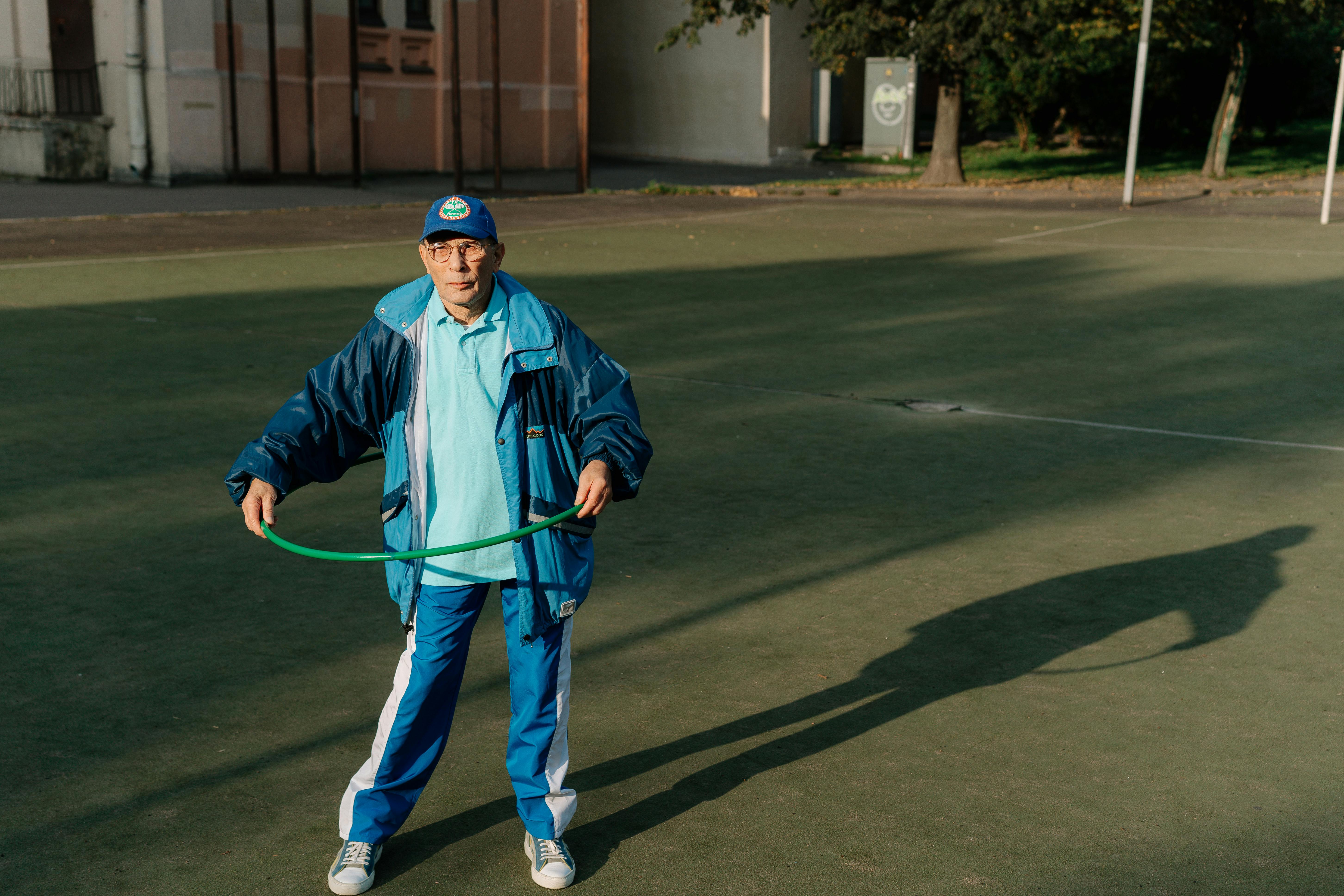The International Cricket Council (ICC) has been having virtual brainstorming sessions with all stakeholders on the resumption of cricket in recent months under the shadow of the coronavirus pandemic. So far, the Council has not been able to make a final decision on the main issue of contention – when to hold the ICC T20 Cricket World Cup. It is very ironic that in a year that can also be referred to as T20, the T20 mega-event simply cannot get off the ground that was originally scheduled for October 2020 in Australia. Now, India’s cricket board, the Board of Control of Cricket in India (BCCI), has been eagerly awaiting the decision on the T20 World Cup, because since its postponement is almost final, the ICC decision will give it a window to BCCI during October. November to host your favorite money-spinning event, the Indian Premier League (IPL), of course, without the rowdy, revelry crowds.
Meanwhile, the ICC has been busy crafting new rules for the world’s most popular game, a craze in India. This job was given to the great Indian bowler Anil Kumble, who was appointed as Chairman of the ICC Cricket Committee in 2012. Kumble has already made recommendations and most of them have been approved by the ICC. The first, of course, is the obvious one: a ban on the use of saliva during the game. We have seen over the decades how intensive the use of saliva by almost every player on the field had been to keep the ball shiny. Now saliva is a direct trigger for the spread of COVID-19 and therefore its use has been immediately banned. This will affect pacers in particular very negatively, and perhaps the dry ball will help spinners. The suggestion to use external substances was rejected mainly because international cricket bodies had opposed this tooth and nail for decades. There is one more suggestion to allow one new ball for every fifty overs in Test matches which is under consideration.
The ICC rule of having neutral umpires in international series has also been waived to avoid the extensive globe trotting that international umpires have had to undertake. The local referees will now do the job. Another very important recommendation that has been accepted is to allow substitutions due to COVID in Test matches that last for five days. Any player showing symptoms of flu, cough or fever during this period will be removed from the match and a substitute player will be allowed to take his place in the playing line-up as set out in these concussion regulations. Naturally, this rule would not apply to the shorter ODI and T20I formats.
The defined new cricket normal will obviously include several other demonstrative physical attributes of the game: the meetings of rival teams that we have increasingly witnessed in competitive cricket in recent years will no longer be allowed; the display of group physical excitement, as in the case of a falling wicket or hat-trick or superlative catch or scoring a ton, will disappear and all kinds of hugs, handshakes, celebrations in the pavilion or on the changing room and the like will no longer be there until Corona thinks otherwise. And, of course, there will be no spectators. Players will have to go through all the excitement on the pitch in an empty stadium with no cheering, singing, celebrating or flag displaying, cricket-loving crowds, which would obviously be a daunting challenge to maintain the competitive spirit of the players. Unfortunately, there is no other option available at the moment and cricketers will have to adjust for the sport to resume.
It is a great development that the first instance of international cricket restart has already begun. Except for three players, the West Indies team had agreed to take part in a Test series against England in England, one of the hardest-hit countries in terms of COVID deaths. The West Indies team had already arrived in England, all players were tested before they left, and underwent extensive testing after arrival. They will live and prepare there for three weeks before the first Test of the three match series scheduled to start on 8th July 2020. I hope the big game of cricket passes the unprecedented COVID test with flying colors.

